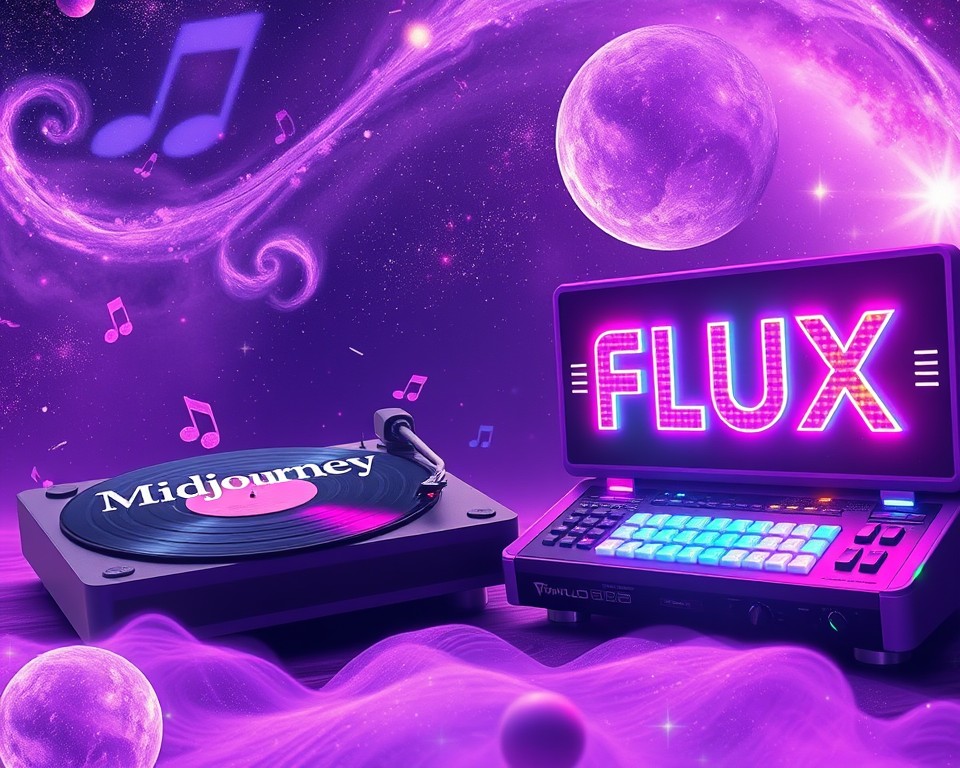FLUX.1 vs Midjourney: Text to Image AI Showdown
Midjourney has been a leading force in AI image generation for years, while FLUX.1 has only recently burst onto the scene. Today, we're pitting these models against each other in a no-holds-barred comparison. Who will reign supreme in our FLUX.1 vs Midjourney face-off? Keep reading and see for yourself!
FLUX.1 vs Midjourney: meet the contenders
For this showdown, we'll be using the following Text to Image AI models: two FLUX.1 variants: [schnell] and [dev], and Midjourney V6.1.
FLUX.1 is the new cool kid on the block, arriving in 2024 and quickly gaining favor with AI enthusiasts. [schnell] is its fastest variant, meant for quick but effective generations, with [dev] providing even more detail and clarity.
Read our article explaining what is FLUX.1 to learn more about this cutting-edge model.
Midjourney, on the other hand, has been a fan favorite since its public beta release in July 2022. Known for its artistic flair, it has undergone several iterations, with its latest V6.1 model (released in July 2024) supposedly pushing the boundaries of what's possible in AI-generated art.
We'll put both contenders through their paces using identical prompts and judge them on their ability to deliver across various categories.
FLUX.1 [schnell] and [dev] images will be generated using our Image Generator, which you can try out here to get hands-on experience with Black Forest Labs’ new model. Dozens of popular Stable Diffusion models and our own fine-tuned styles are also available there.
Text rendering
First, we'll test how well these models handle generating text, which is notoriously challenging for many AI models. We’ve prepared a couple of diverse prompts to test their typography capabilities:
- “an ancient scroll with the words 'FLUX is coming' written in elaborate calligraphy”
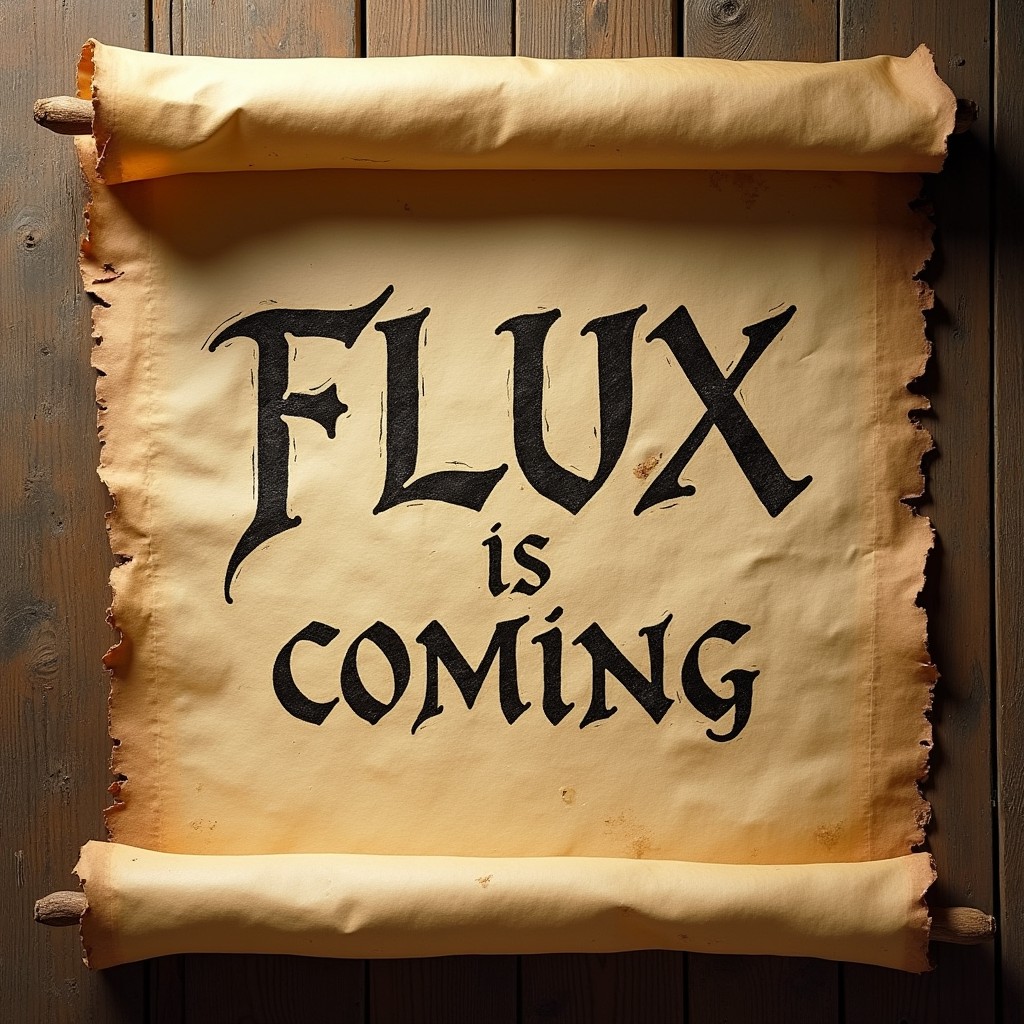
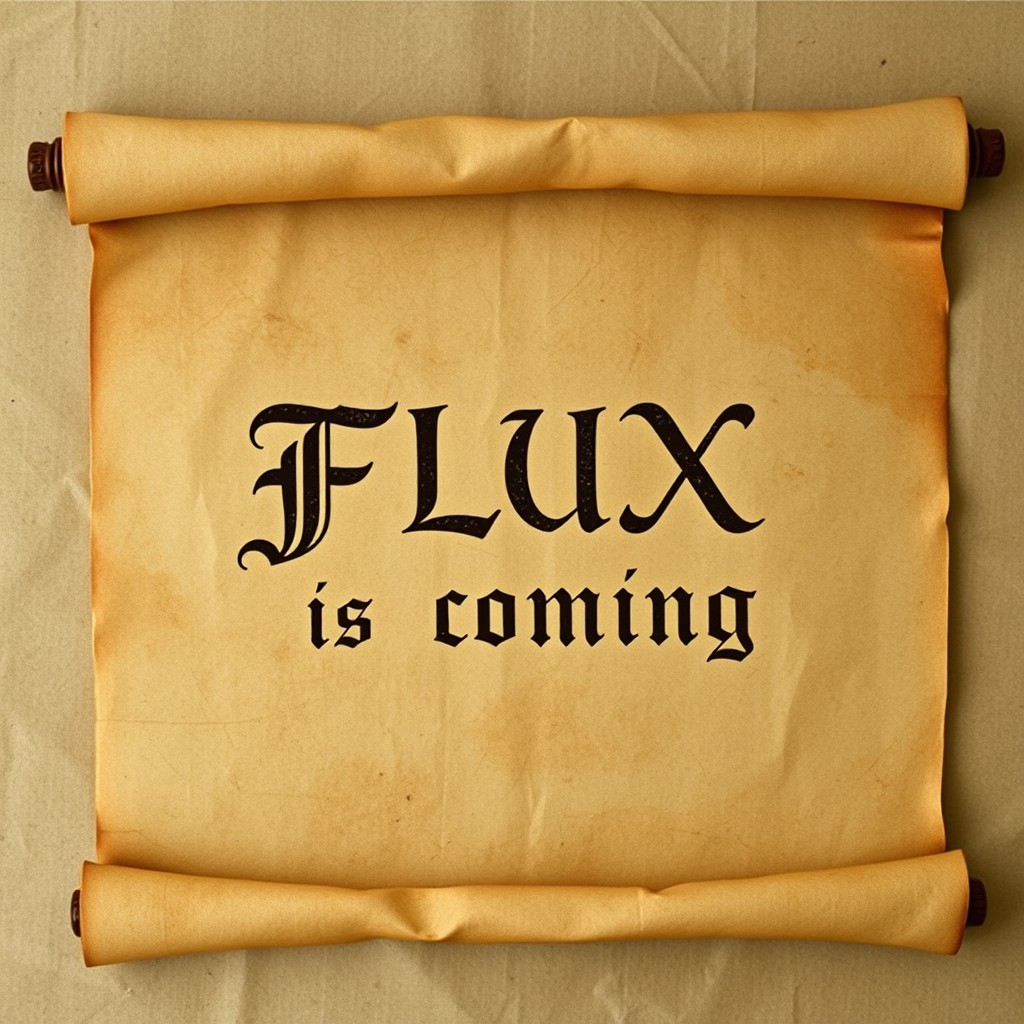
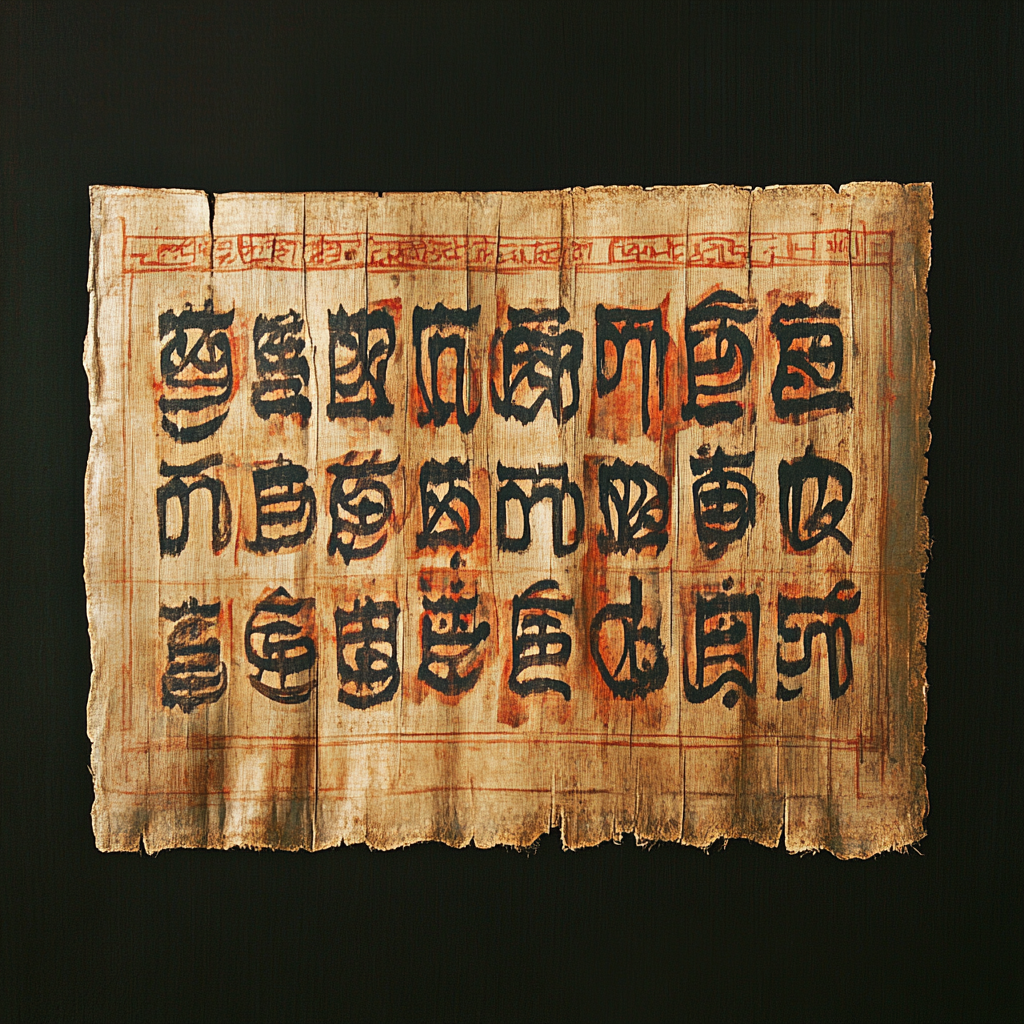
FLUX.1 [dev]
FLUX.1 [schnell]
Midjourney V6.1
- “wooden sign with classic, serif font that reads 'Champions’ Path’”



FLUX.1 [dev]
FLUX.1 [schnell]
Midjourney V6.1
- “'New Beginnings' carefully etched in wet sand at the water's edge”



FLUX.1 [dev]
FLUX.1 [schnell]
Midjourney V6.1
As you can see, FLUX.1 [schnell] and [dev] have nailed every roadblock we threw their way. Meanwhile, Midjourney, depending on the prompt, either generated text in the wrong language, disfigured, or… not at all.
This discrepancy in text rendering quality is especially damning when it comes to business applications, such as generating logos, ad creatives, book and AI album covers, to name a few.
Photorealism
Next, it’s time to check how our contenders fare with photorealistic images, especially those that include human subjects. Will we see an incorrect number of limbs, Uncanny Valley faces, and The Ring-inspired poses, or picture-perfect creation? Let’s see.
- “photorealistic portrait of a bearded man, lost in thought with a faraway look in his eyes”



FLUX.1 [dev]
FLUX.1 [schnell]
Midjourney V6.1
- “two people embracing each other warmly as they say goodbye at a train station”



FLUX.1 [dev]
FLUX.1 [schnell]
Midjourney V6.1
- “man running along the shoreline with the wind blowing through his hair”



FLUX.1 [dev]
FLUX.1 [schnell]
Midjourney V6.1
While both models performed pretty well in this category, FLUX.1, especially [dev], seems to have a slight advantage. Why? The devil's in the details.
Midjourney V6.1’s realistic AI creations look great from a distance. Still, if you examine them closely, you’ll notice small mistakes. For example, the weirdly shaped foot and hand in the runner image. Or the deformed finger in the train station goodbye picture.
Artistic styles
Creating digital AI art is one of the most popular uses for Text to Image models, so our FLUX.1 vs Midjourney comparison simply has to test their performance in this area.
- "Attack on Titan anime style, dark and gritty battlefield with a lone soldier standing amidst the ruins, their cloak billowing in the wind, a titan in the background"
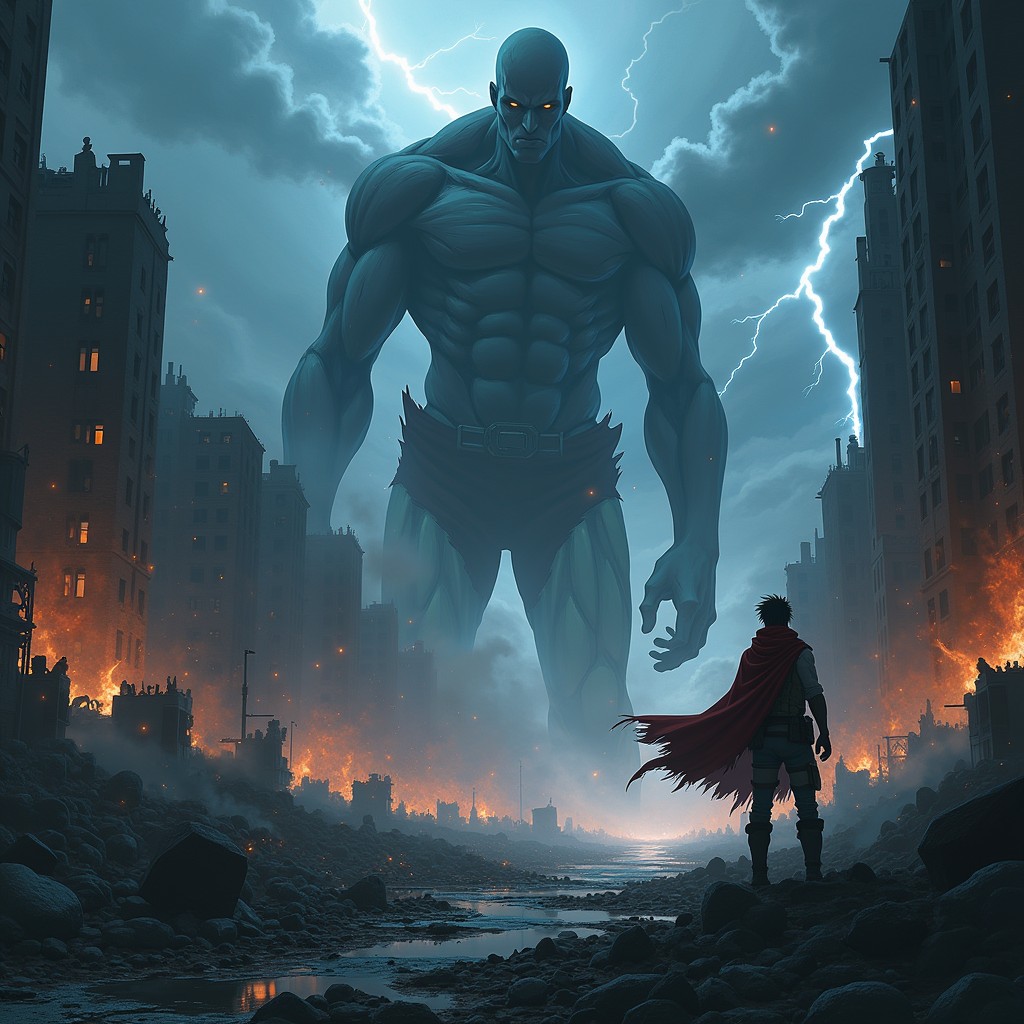

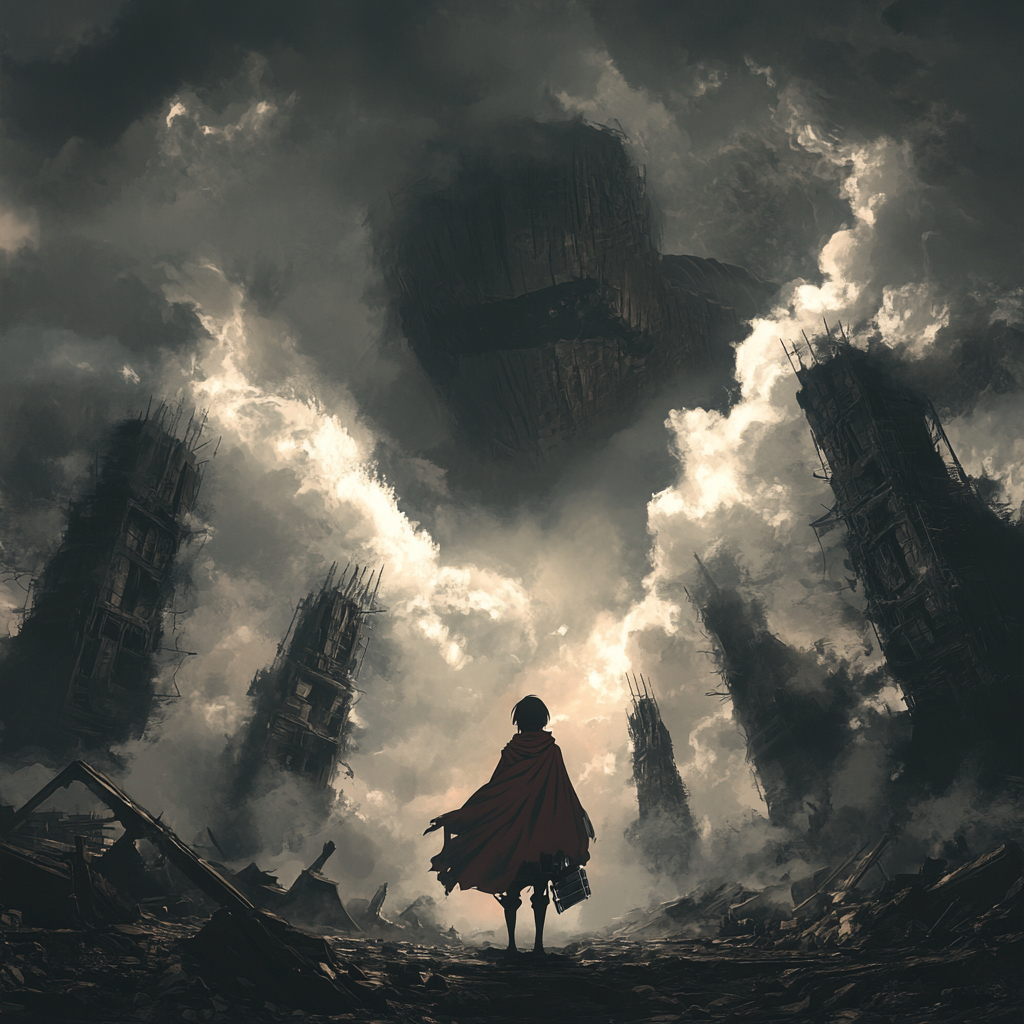
FLUX.1 [dev]
FLUX.1 [schnell]
Midourney V6.1
- "low-poly 3D model of a cozy two-storey mountain cabin, with geometric shapes for the cabin structure, pine trees, snow-covered landscape, and a thundering sky"



FLUX.1 [dev]
FLUX.1 [schnell]
Midjourney V6.1
- digital fantasy art, a traveler in elaborate, magical attire, stepping through a glowing, mystical portal in an enchanted meadow, the portal leads to a fantastical realm, with vibrant flowers and swirling energy around it
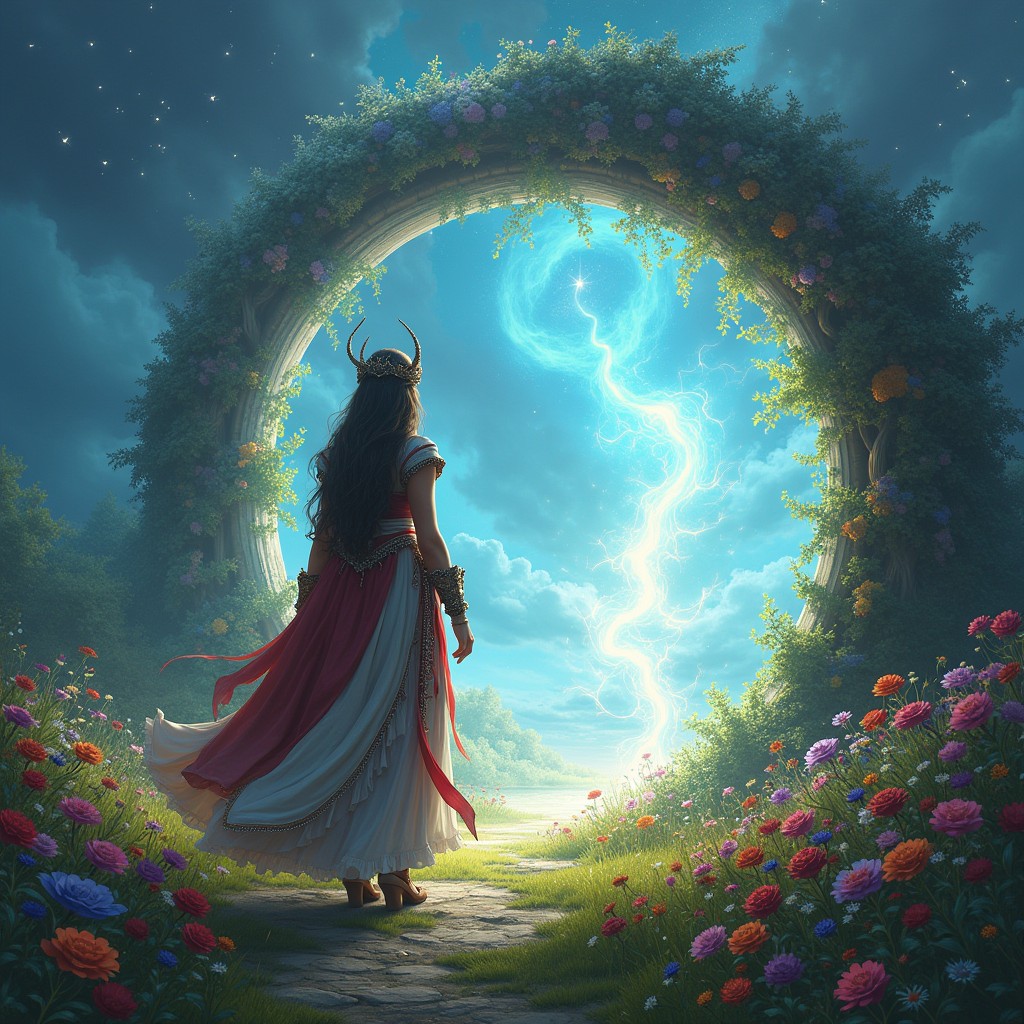
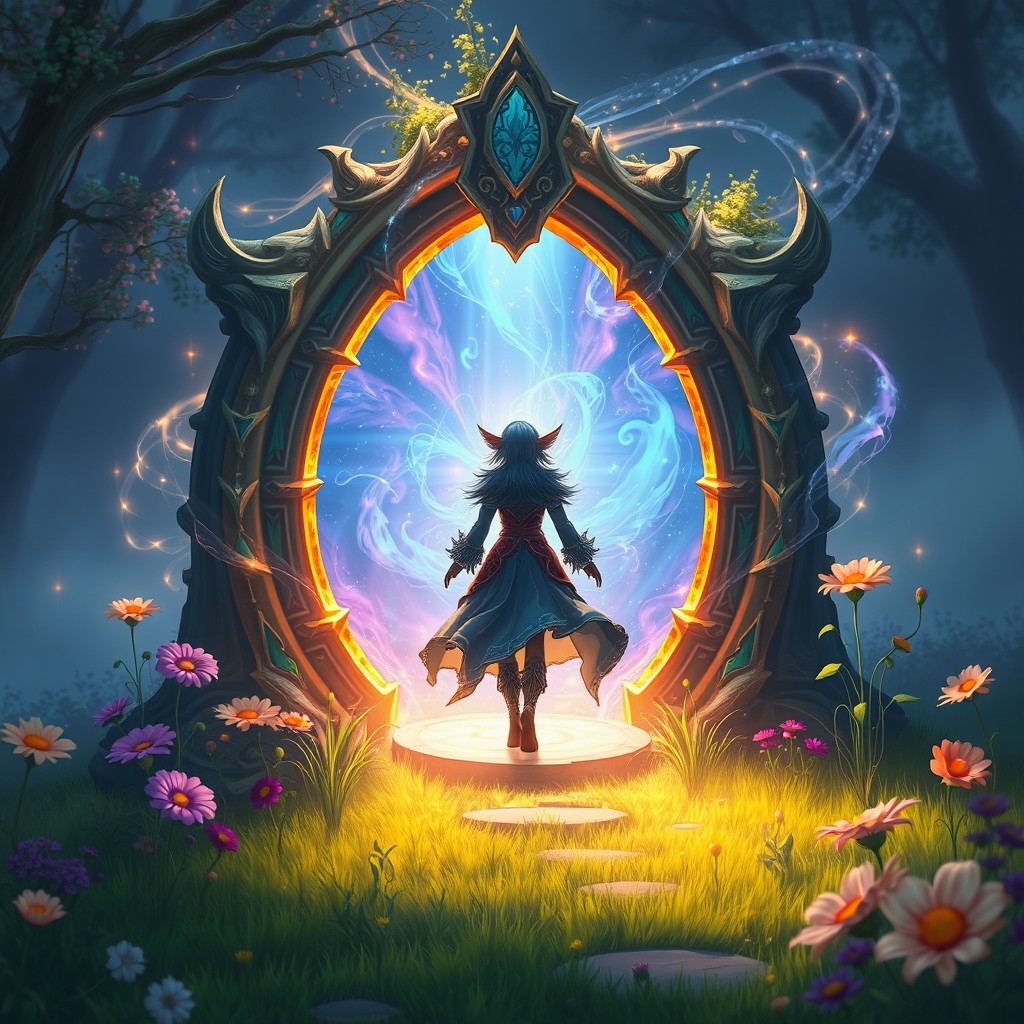
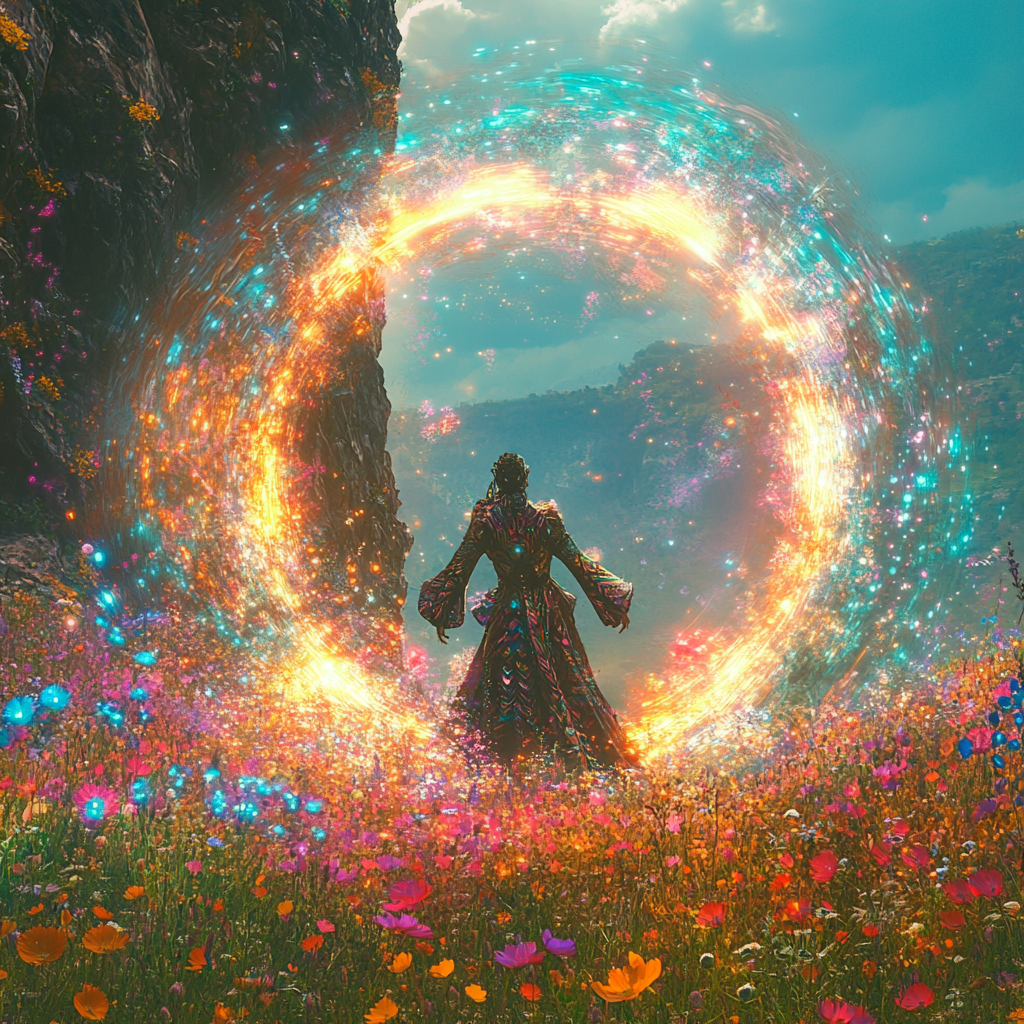
FLUX.1 [dev]
FLUX.1 [schnell]
Midjourney V6.1
As mentioned, Midjourney is known for its skill in creating varied AI art, so it's no surprise that it had a good (but not perfect) showing in this challenge. Still, FLUX.1 [schnell] and [dev] proved to be more consistent, strictly adhering to prompts and avoiding small mistakes.
Delve into our FLUX.1 vs DALL-E 3 face-off to find out which AI tool comes out on top!
Complex scene composition
Simple prompts are useful, quick and can often lead to impressive results. However, sometimes, you might have a very specific image in mind, in which case you'd want the AI to strictly adhere to your complex prompt. But just how good are FLUX.1 [schnell], [dev], and Midjourney V6.1 at prompt following?
We tested them all with this detailed prompt:
“A magical forest clearing with towering, ancient trees, their roots intertwining with glowing mushrooms. A crystal-clear pond visibly reflects a full moon, while fireflies dance in the air. A stone altar sits in the center, covered by blooming flowers. A big white stag with red glowing antlers stands nearby. A soft mist rolls through the clearing. A small, flickering lantern hangs from a low tree branch”
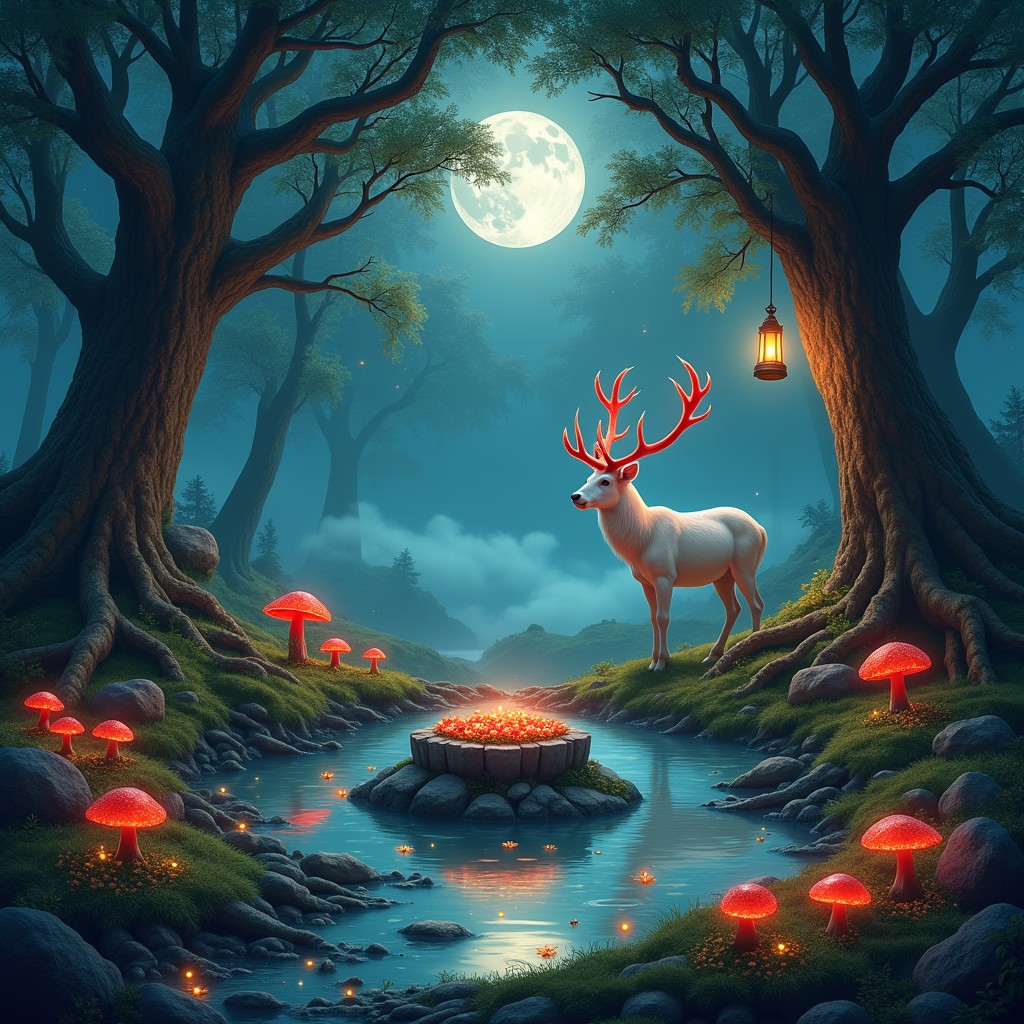
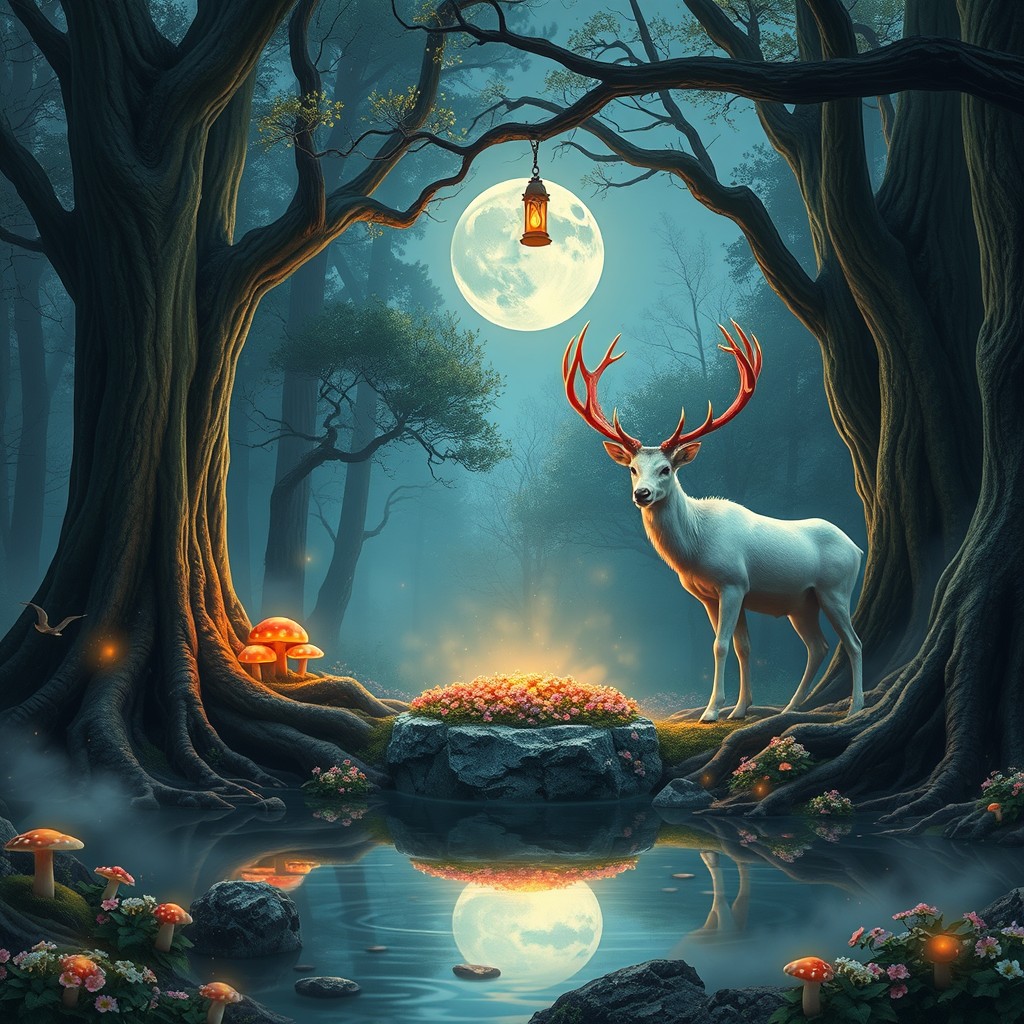
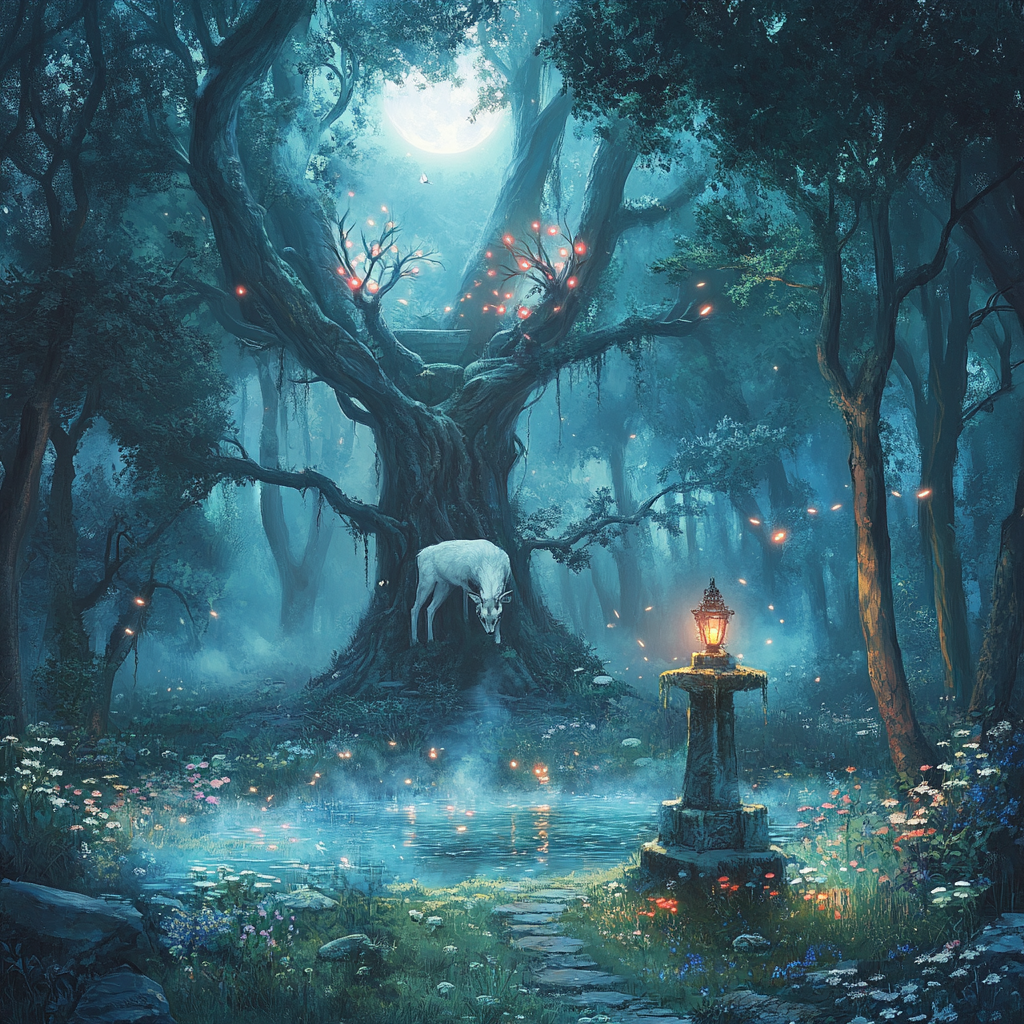
FLUX.1 [dev]
FLUX.1 [schnell]
Midjourney V6.1
Let’s break it down sentence by sentence to see just how closely each of the results matches our vision:
“a magical forest clearing with towering, ancient trees, their roots intertwining with glowing mushrooms” | “a crystal-clear pond visibly reflects a full moon, while fireflies dance in the air” | “a stone altar sits in the center, covered by blooming flowers” | “a big white stag with red glowing antlers stands nearby” | “a soft mist rolls through the clearing” | “a small, flickering lantern hangs from a low tree branch” | |
FLUX.1 [dev] | ✅ | ✅ | ✅ | ✅ | ✅ | ✅ |
FLUX.1 [schnell] | ✅ | ✅ | ✅ | ✅ | ✅ | ✅ |
Midjourney V6.1 | ⛔ | ⛔ | ⛔ | ⛔ | ✅ | ⛔ |
Both FLUX.1 [schnell] and [dev] have hit a home run; they scored 6/6 in this category. As for Midjourney V6.1, while it seemingly acknowledged all parts of the prompt, it only executed them partially.
So, we do have a magical forest… without glowing mushrooms. There’s a pond and a full moon, but it’s not reflected in the water. A white stag appears in the image, but it doesn’t have red glowing antlers, and so on.
Practical applications
Next up in our FLUX.1 vs Midjourney showdown, some more practical use cases, such as home design and generating AI tattoo concepts. Here are our prompts:
- "interior design concept for a minimalist, Scandinavian-style living room with light wood accents and cozy textiles"



FLUX.1 [dev]
FLUX.1 [schnell]
Midjourney V6.1
- "detailed full back tattoo design concept of a vibrant, abstract representation of a dragonfly with iridescent wings, surrounded by swirling water and fiery embers, blending cool blues and warm oranges"
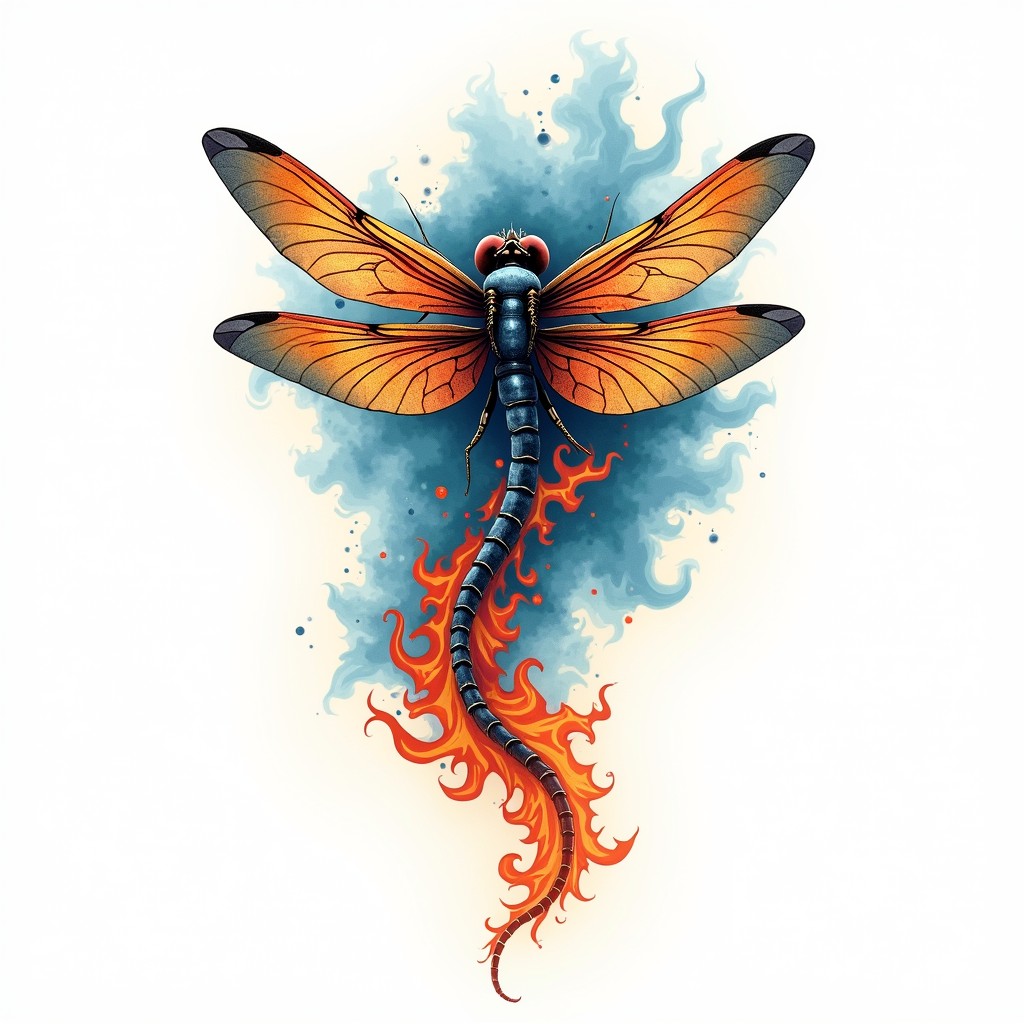
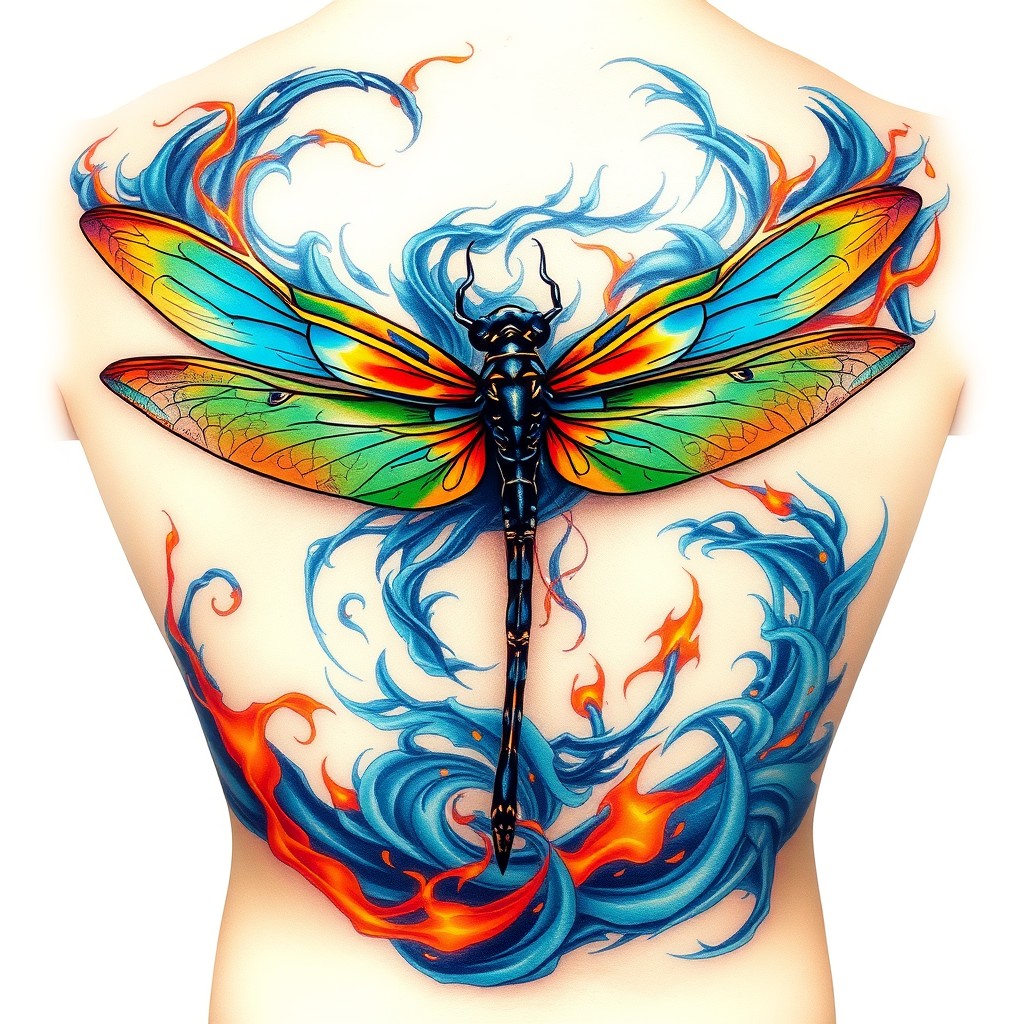
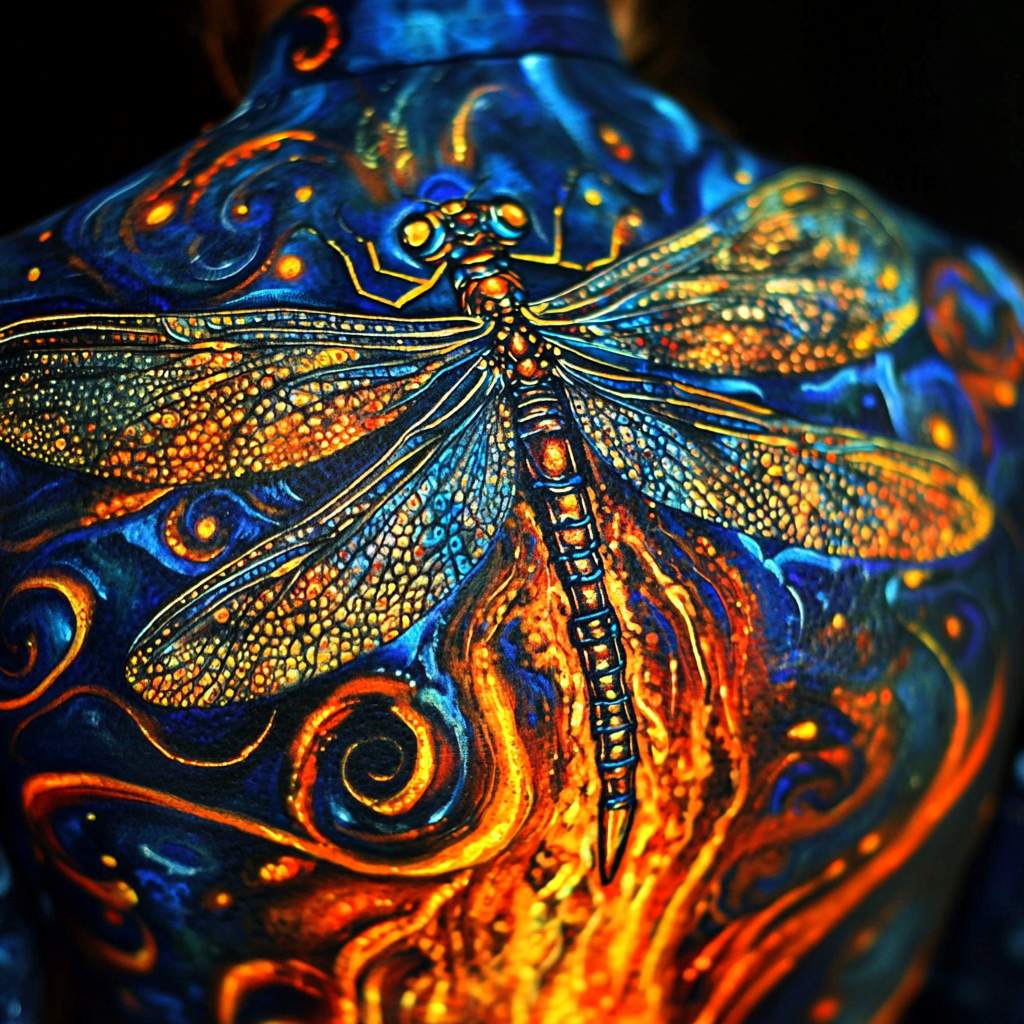
FLUX.1 [dev]
FLUX.1 [schnell]
Midjourney V6.1
- "3d render of video game item, a dark, cursed armor with jagged edges, and a glowing red core visible beneath the chestpiece"
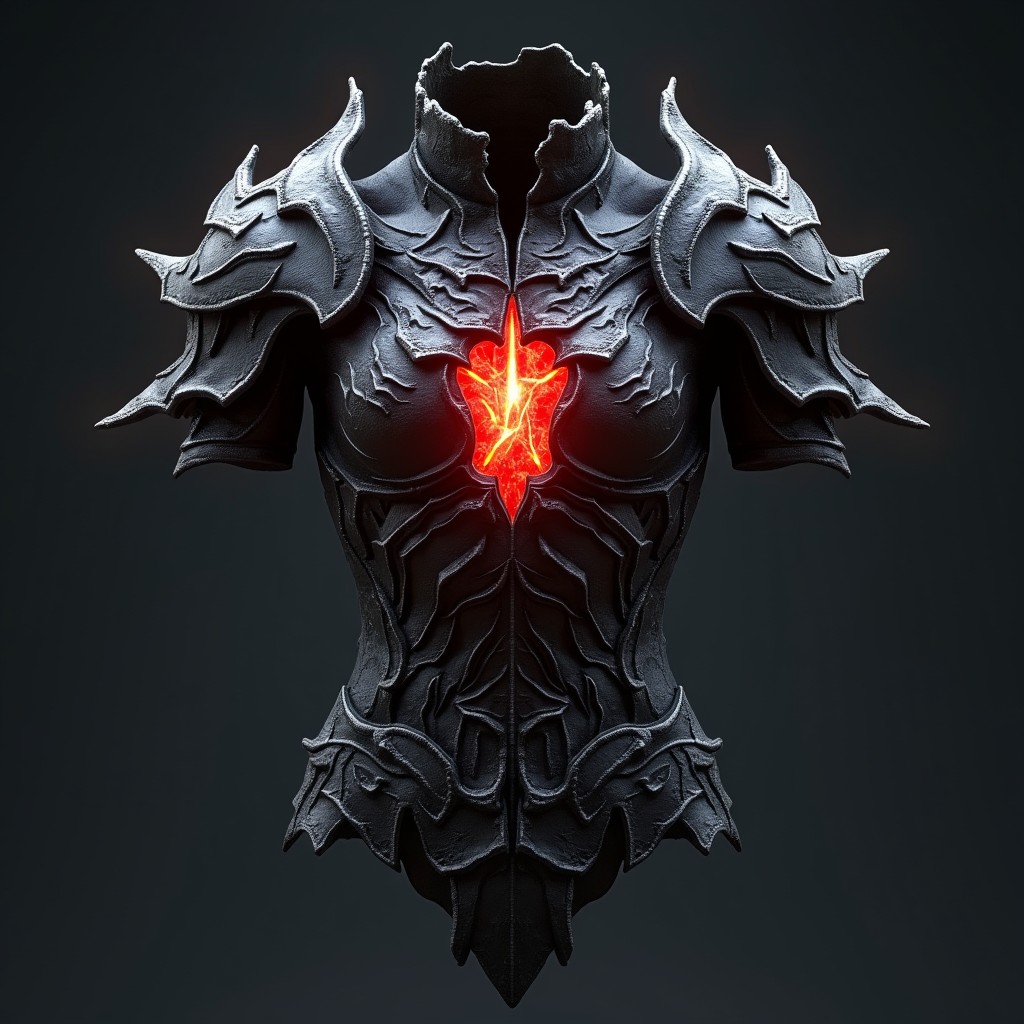
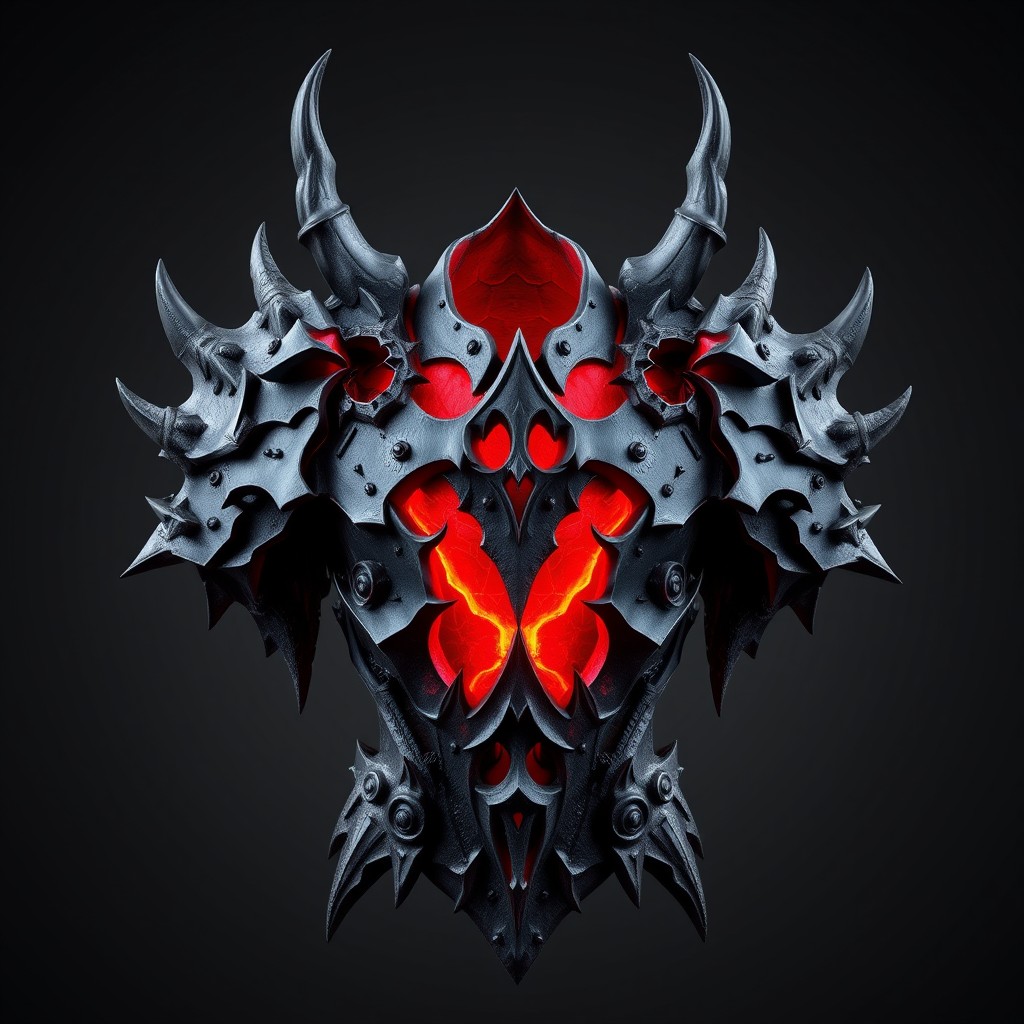
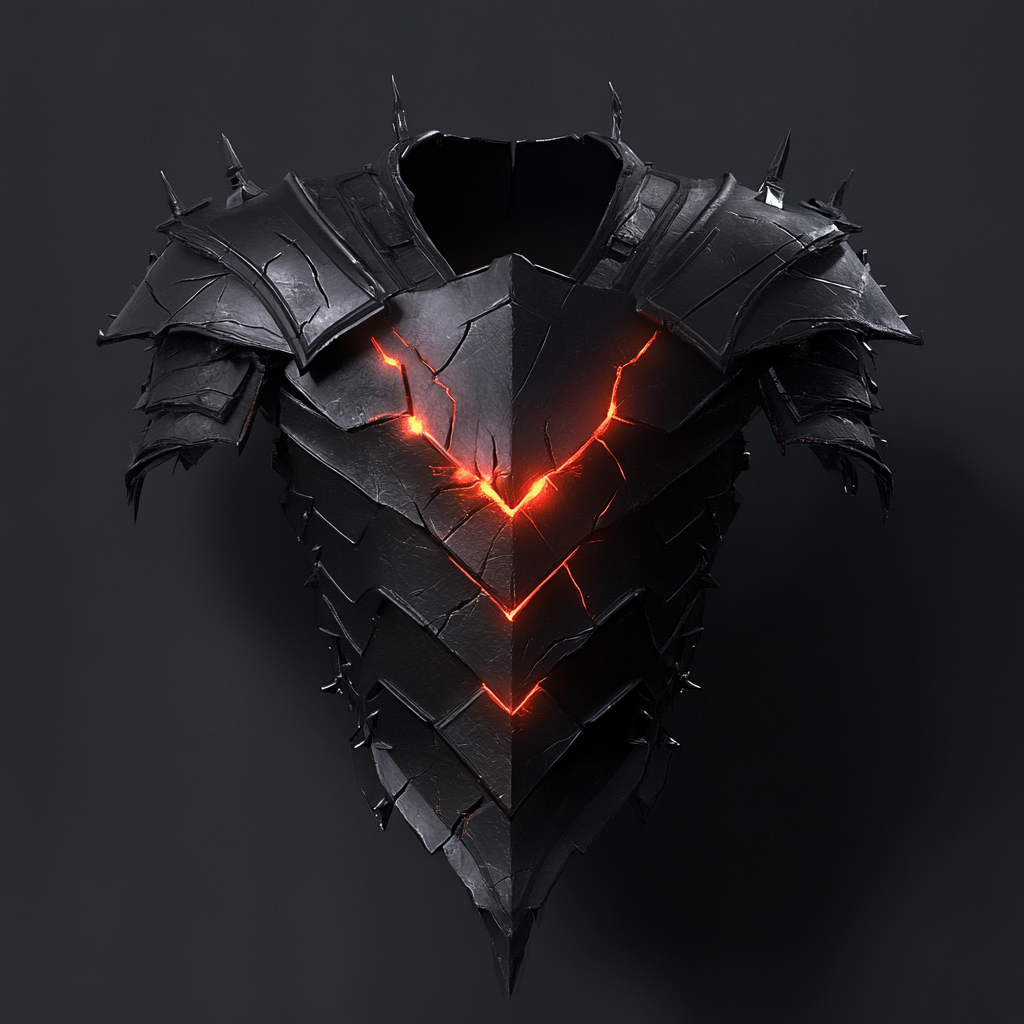
FLUX.1 [dev]
FLUX.1 [schnell]
Midjourney V6.1
While all models have performed fairly well in this category, FLUX.1 [dev] deserves special praise for its attention to detail and precision. Comparatively, Midjourney V6.1's output had a few stumbles, such as the empty painting frame in the home design prompt.
Ease of use and privacy
Visual quality and prompt following are some of the most critical aspects on which AI models are usually judged. Still, there are other key criteria to consider, such as ease of use (AKA availability) and privacy protection.
You can run FLUX.1 [schnell] and [dev] locally, but that requires significant computing power, so it’s not an option for everyone. Additionally, it's not easy to obtain a commercial usage license for the [dev] variant. Thankfully, it’s also available through 3rd party services, such as our AI Image Generator. This way, you can generate stunning images with just a few clicks, regardless of your hardware setup or experience level.
You can access the groundbreaking FLUX.1 [schnell], [dev], and [ultra] variants in our Image Generator's Essential mode! Simply click here, sign up, and start creating.
Meanwhile, you can only access Midjourney’s models through its own offer, and currently, there’s no free trial or demo. Moreover, only select users can create through a dedicated web interface. Most people have to use Discord, which is an excellent app for building a community, but it’s not exactly a tailor-made UI for a complex Text to Image tool.
Moving on to matters of privacy. Running FLUX.1 locally or through getimg.ai’s Image Generator ensures that your creations will remain private unless you decide to share them. As for Midjourney, all your prompts and generated images will be public, unless you choose one of the more expensive subscription tiers that allow users to generate images in “stealth” mode.
FLUX.1 vs Midjourney: the verdict
The FLUX.1 vs. Midjourney battle results are in, and it seems we have a clear winner. Most importantly, FLUX.1 [schnell] and [dev] destroy their competitor in text rendering and complex prompt following.
They also enjoy an edge in other categories, such as generating digital art and realistic human subjects. Further advantages include their open-source nature and the possibility of testing them without making a financial commitment, for example, through getimg.ai.
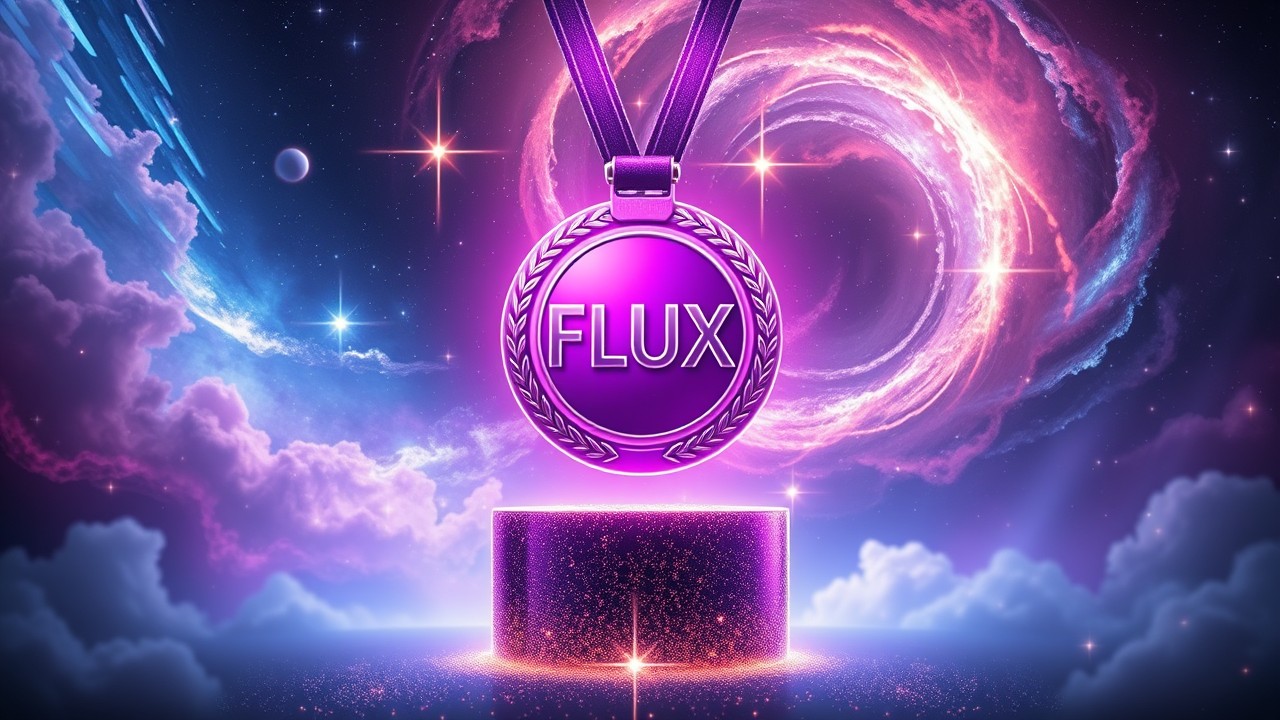
While Midjourney V6.1 is a solid and popular Text to Image AI model, especially when it comes to more artistic creations, it seems to lag behind its newest competition.
Still not sure? Sign up and use our AI Image Generator to test FLUX.1 [schnell] and [dev] for yourself. And if you’d like to see how Black Forest Labs’ groundbreaking creation performs against other popular models, check out our FLUX.1 vs Stable Diffusion comparison.

